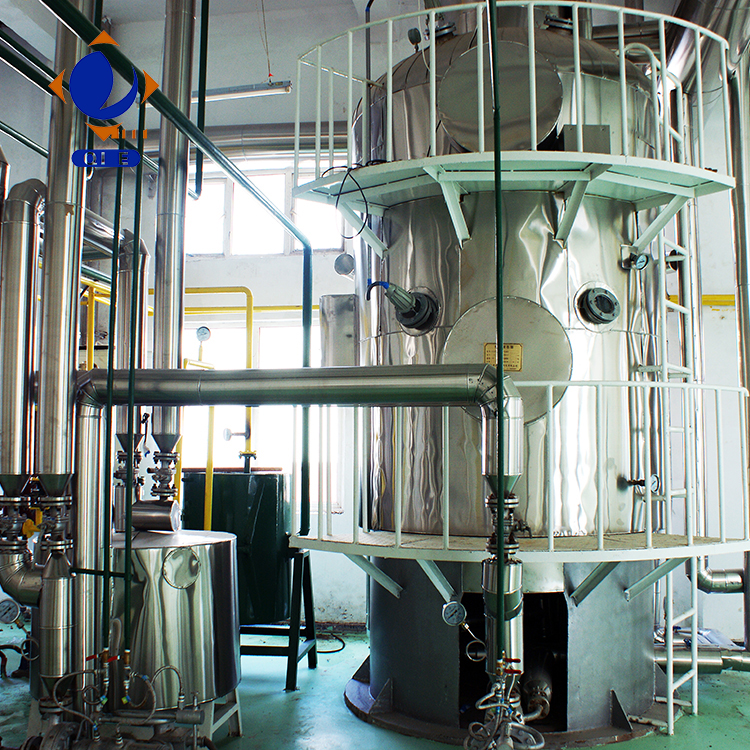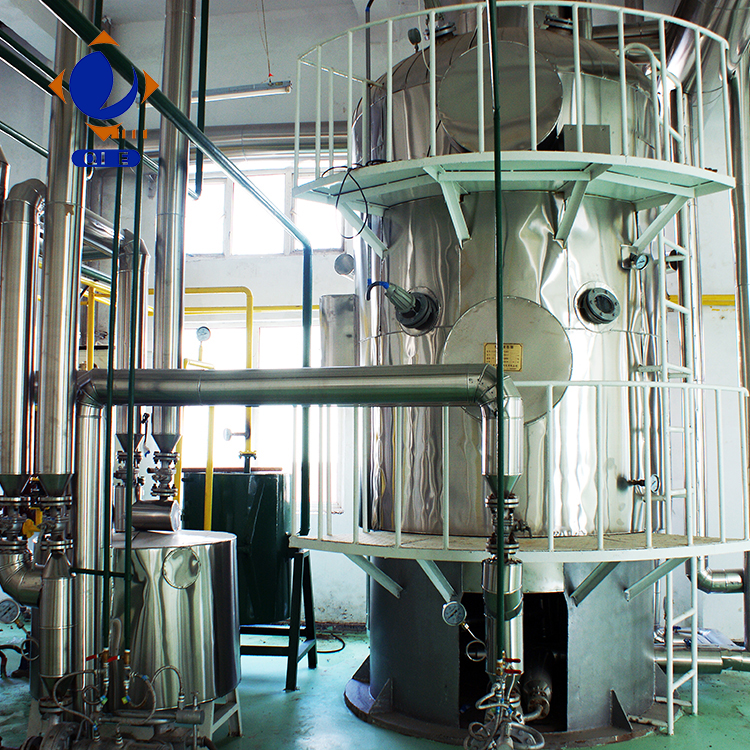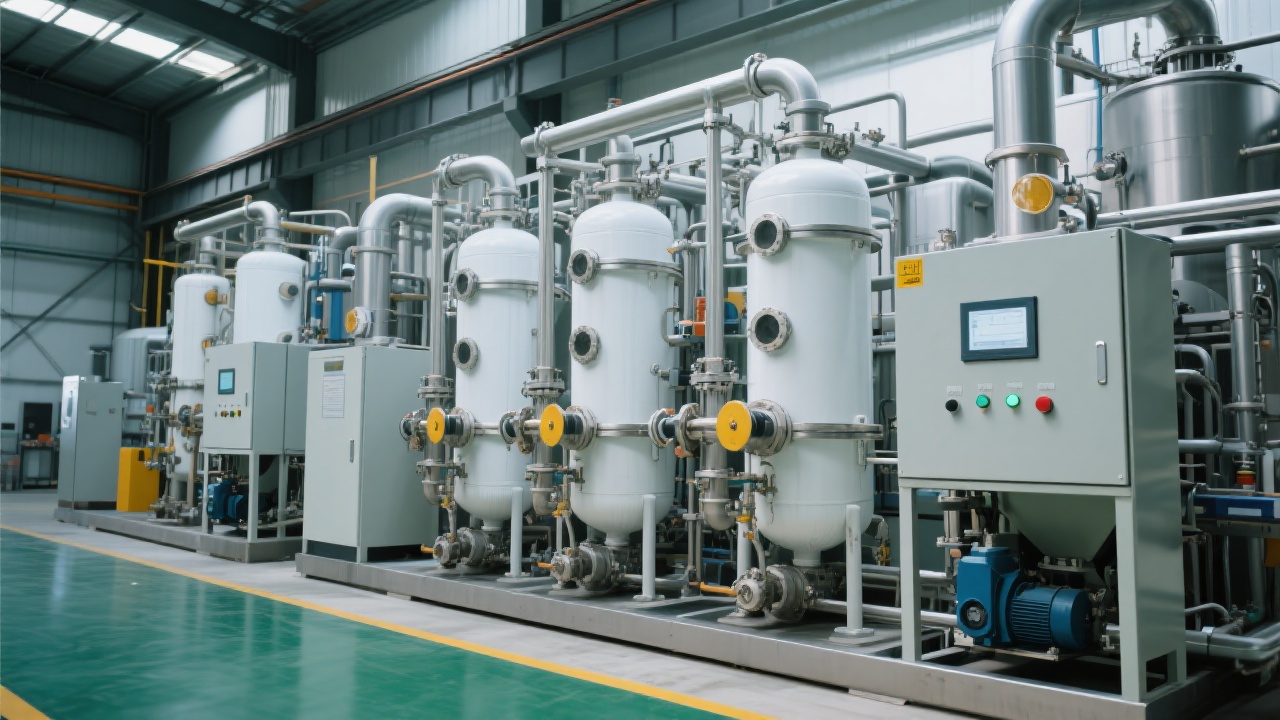
Selecting and installing soybean oil refining equipment is a critical step for grain and oil processing plants aiming for optimal efficiency and product quality. Penguin Group’s proprietary refining system, featuring integrated degumming and deodorization capabilities, exemplifies technological innovation focused on energy savings and operational stability. This guide navigates the entire installation lifecycle—from equipment unboxing to commissioning—empowering plant decision-makers and technical managers to accelerate deployment and maximize outcomes.
The refining equipment is meticulously engineered using premium food-grade stainless steel materials (commonly SS316L), ensuring corrosion resistance and compliance with international food safety standards such as ISO 22000 and CE certifications. Modular design enhances adaptability to various scales, from mid-size to large processing plants, while integrating degumming and deodorization within a compact footprint improves process control and reduces thermal losses.
Process integration facilitates a more streamlined refining flow that minimizes oil oxidation and impurity accumulation, thereby improving final oil quality parameters. International certifications not only endorse product reliability but also align with global trade regulations, facilitating easier market compliance for end products.
One of the standout advantages of Penguin Group’s soybean oil refining stations is their modular structure, segmented into distinct but interconnected units: unrefined oil pretreatment, degumming, bleaching, deodorization, and finishing sections. This modularity dramatically reduces installation complexity, enabling phased setup and commissioning.
Modules are preassembled with standardized fittings, which streamline on-site mechanical and electrical connections, while minimizing downtime during replacement or maintenance activities. The modular approach also supports scalability—plants can augment capacity by adding identical modules rather than investing in entirely new equipment lines.

Proper installation is paramount for achieving optimal machine lifecycle and refined oil output. The installation workflow typically unfolds in these key stages:
Attention to detail in each step reduces the risk of rework, shortens startup timelines (typically achievable within 7–10 days post-delivery for mid-size plants), and secures a stable launch.
| Energy-Saving Strategies | Potential Pitfalls to Avoid |
|---|---|
| Utilize heat recovery systems to capture and reuse waste steam, reducing overall energy consumption by up to 15% | Skipping routine maintenance of degumming filters leading to clogging and increased energy use |
| Implement automatic temperature controls for optimal deodorization without overheating | Incorrect pH adjustment during degumming causing incomplete impurity removal and reduced refining efficiency |
| Schedule regular recalibration of sensors and flow meters to maintain process accuracy | Ignoring modular system interlocks that protect against overpressure and temperature excursions |
A recent deployment at a 5000-ton annual throughput processing plant showcased a 12% reduction in steam consumption compared to traditional systems, validated through monthly energy audits. The equipment’s fine-tuned degumming capacity lowered phospholipid content from 80 ppm to under 10 ppm, ensuring superior oil clarity and market acceptance.

Such data-driven insights build confidence in the technology’s value proposition and assist plant managers in justifying capex and operational decisions amidst competitive market pressures.
Emphasizing a structured operational protocol, continuous staff training on process parameters, and leveraging real-time data analytics for early anomaly detection are key to sustaining stable operations. Routine oil quality testing aligned with international standards further confirms refining efficiency, helping processors maintain consistent edible oil grades demanded by global distributors.

Modular expansion readiness ensures that emerging market demands or updated regulatory requirements can be met by integrating new modules without costly overhauls.

